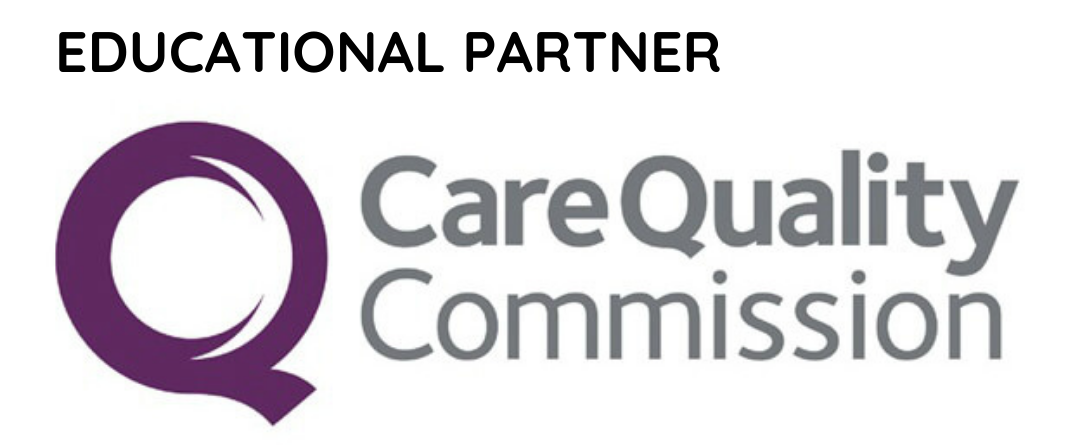Three practical tips for retaining and winning back more staff
)
The Great Resignation is having a lasting negative impact on care sector staffing. But there is hope.
According to our latest research, 79% of leavers are open to working in health and social care again in the future.
According to our survey of 1000 sector leavers, offering competitive pay rates, benefits and working patterns, providers could entice more than 1 in every 2 to come back.
Some of the main issues that have led them to choose a new role in a different industry - especially pay - are not quick or easy fixes.
However, many other common factors that lead to staff quitting are in providers' direct control, including:
-
Feeling underappreciated
-
Working too many hours
-
Lack of opportunities to progress
So there are practical things care organisations can do in the short to medium term to address these issues and reduce preventable labour turnover.
Here are three of our favourite suggestions.
1. Make employee recognition an organisational habit
Showing appreciation is the highest impact - and probably the most cost-effective - retention method of all. 92% of care employees say that more recognition from management would make them happier in their current roles.
Good managers know they should be praising staff for their contributions. However, the most common problem is that other priorities often get in the way.
The key is to embed recognition as part of the organisation’s culture and as part of the day-to-day routines of managers and team leaders. If that includes rewards, great! But simply remembering to say thanks can make a huge difference.
Again, dedicated software like Sona can help make encouraging and rewarding praise a cultural norm. From a private ‘well done’ via instant message to a public shout-out in a dedicated social newsfeed, digital recognition can help create a feel-good factor amongst your teams.
2. Create a feedback culture
An annual survey can't break the cycle of employee demotivation, dissatisfaction and churn.
Instead, employers need frequent (ideally real-time) feedback on how staff feel at work to keep their finger on the pulse and reduce preventable turnover.
Just 20% of survey respondents said their health and social care employer had any kind of open door policy in place. So measures that demonstrate that your organisation encourages and welcomes regular feedback from employees at all levels are an important starting point.
For those ready to go a step further, today’s technology means it's never been easier to ask your employees for feedback on a much more regular basis.
The right software will be able to automate a lot of the process as possible and avoid being overwhelmed by unstructured feedback. But, again, it’s something we specialise in here at Sona.
3. Give managers time to manage!
Site and service managers are under a lot of pressure and have long to-do lists.
So giving them back time in their weeks is incredibly valuable. That time can be dedicated to improving service delivery, recruitment, coaching, mentoring, and team building.
Have you done a thorough analysis of their tasks recently? If not, ask what can be eliminated. If it can’t be eliminated, can it be automated? Saving an hour each day is a cumulative 25 to 30 extra working days over a year!
From rostering to communication and compliance, there is a wealth of technology out there designed to reduce manual admin and give managers more time to manage. Since your people are your greatest asset, their potential can only be fully realised with effective people management - and that can't be done by machines!
If staff engagement and retention is a current priority for you, we have collated lots more research, tips and other helpful resources here.



